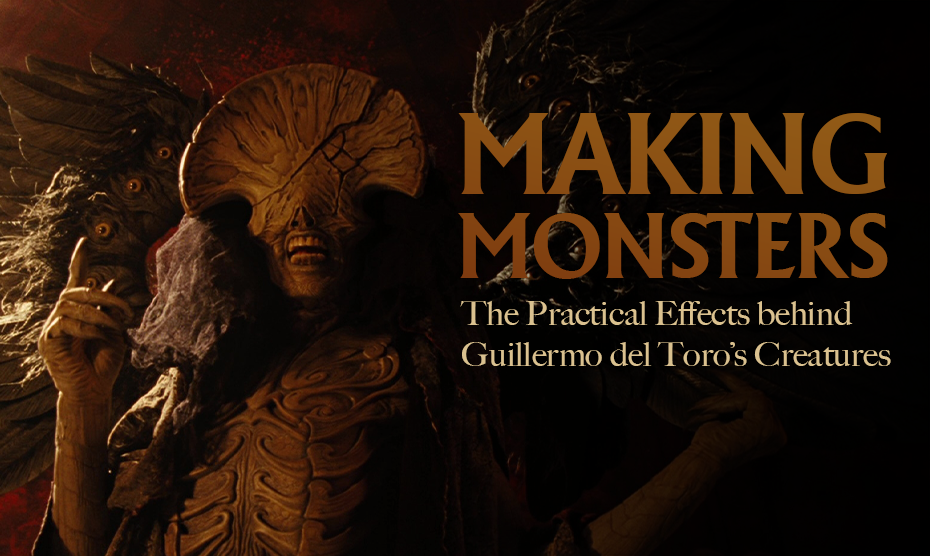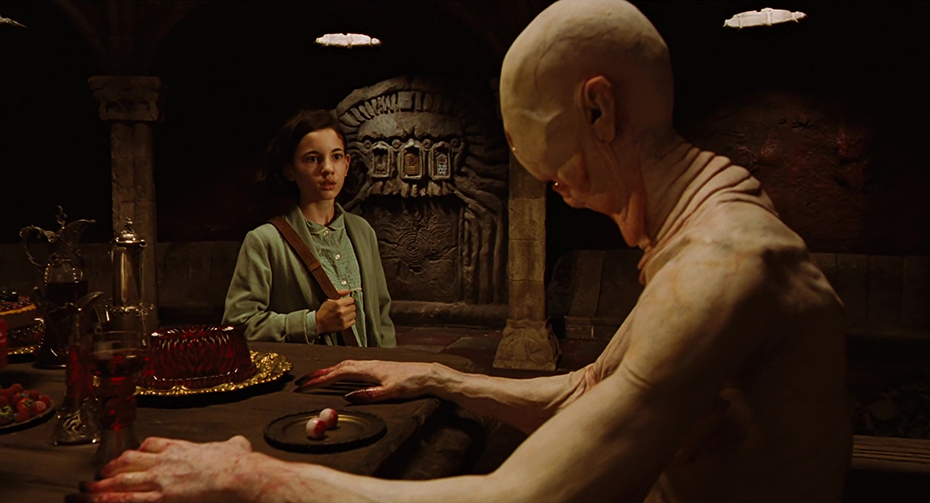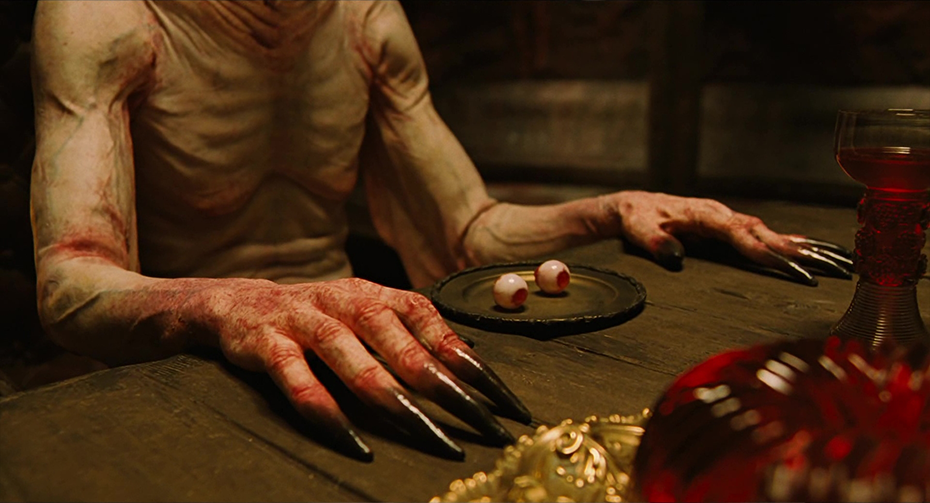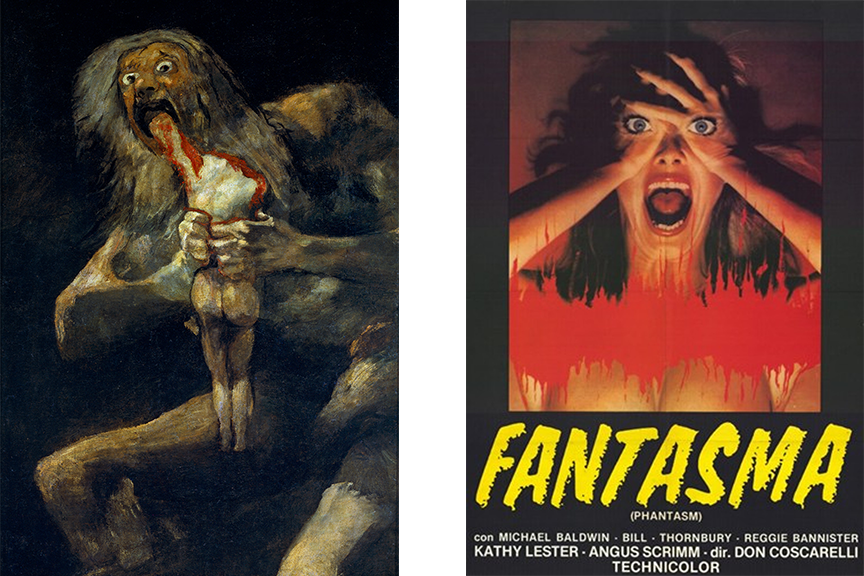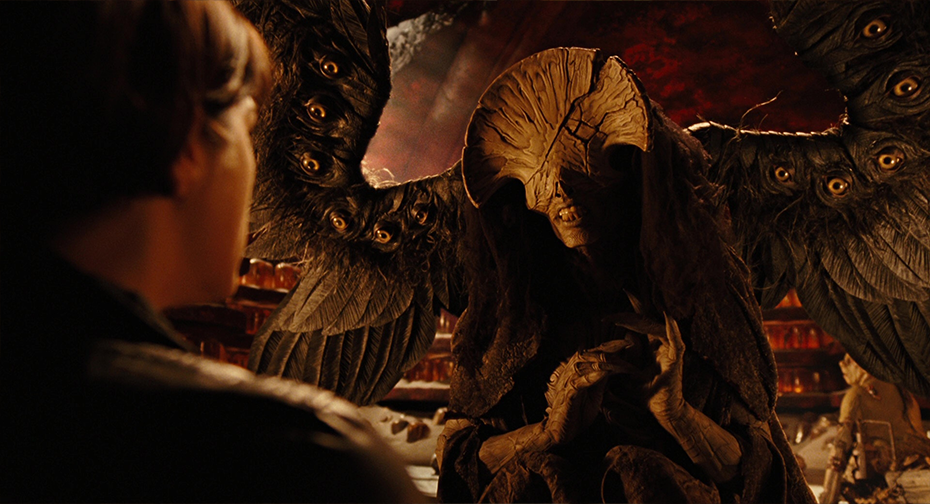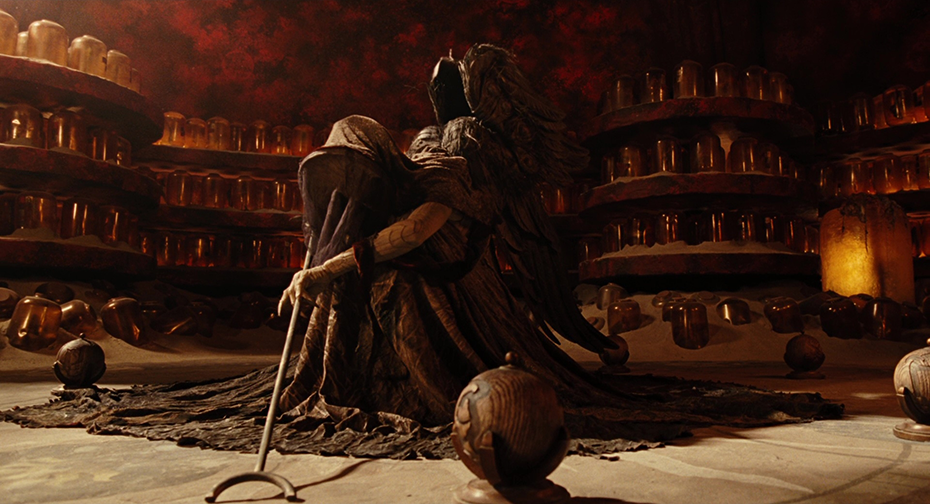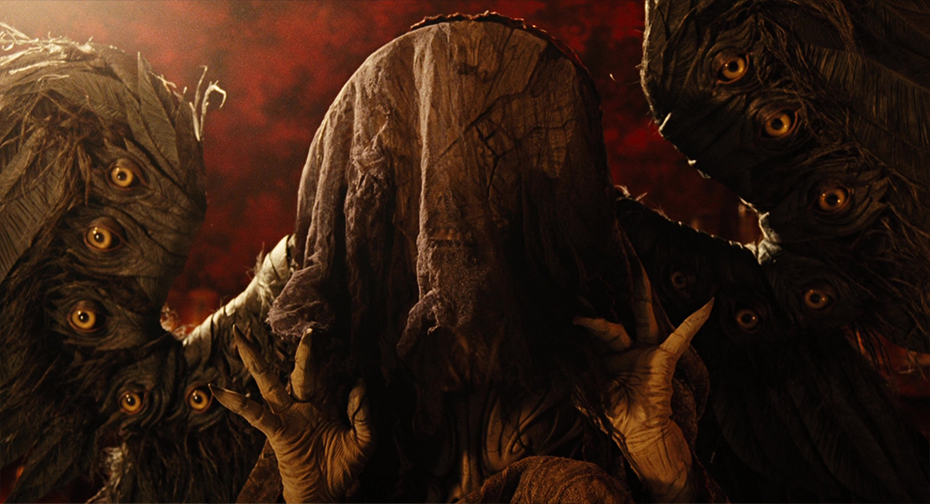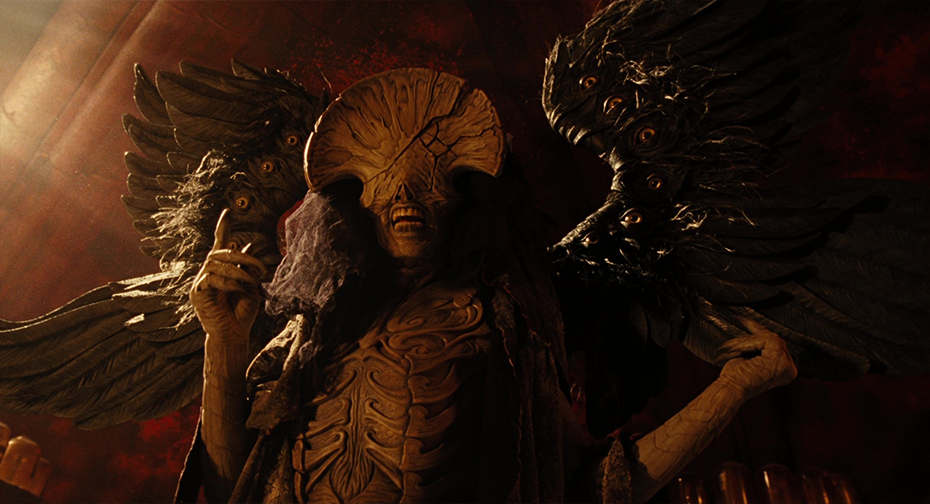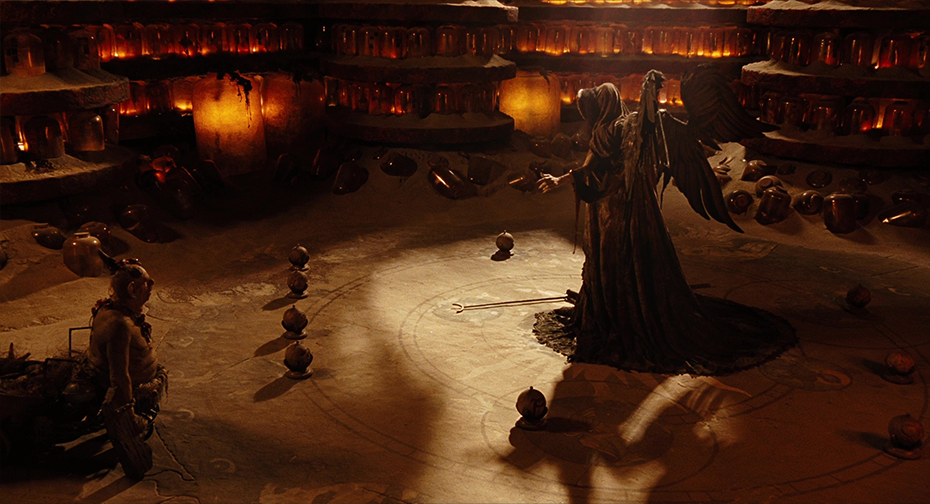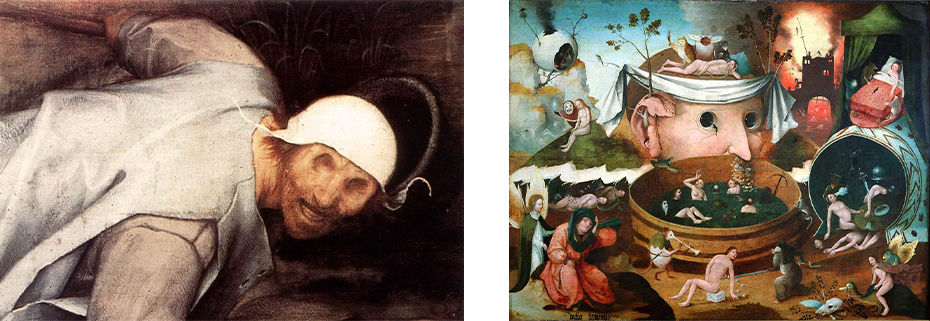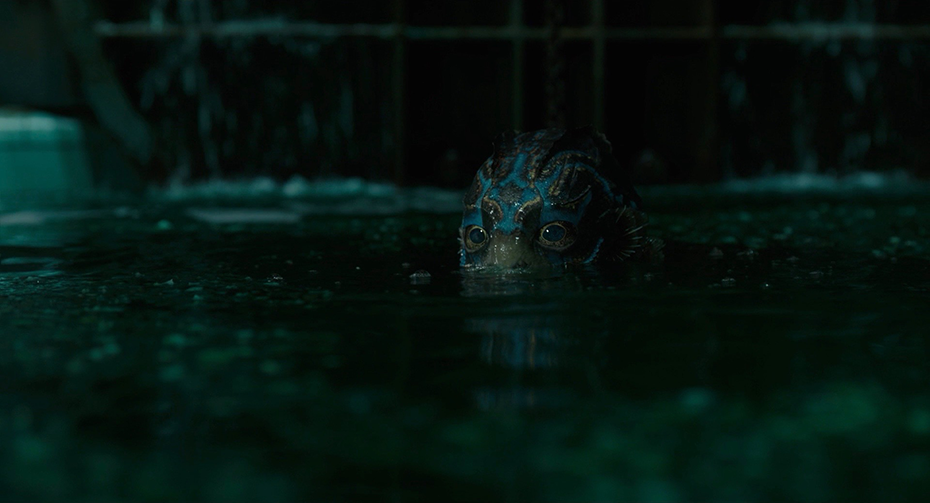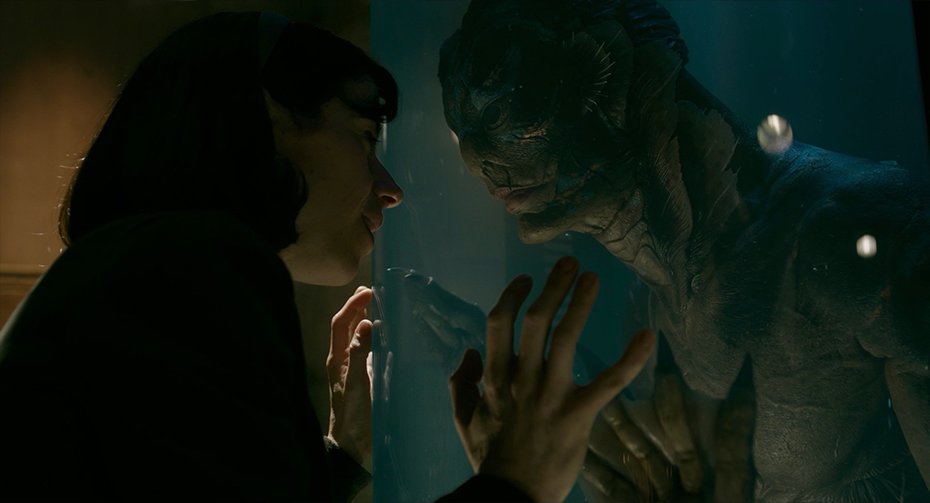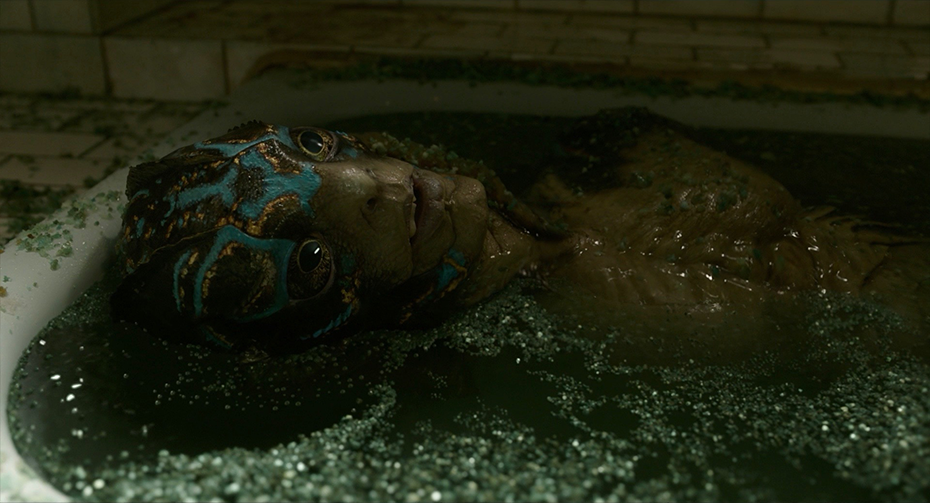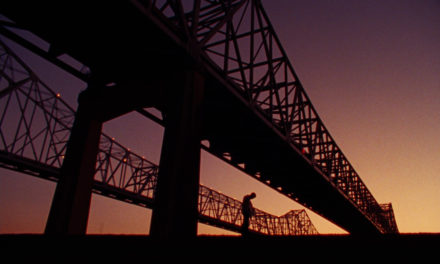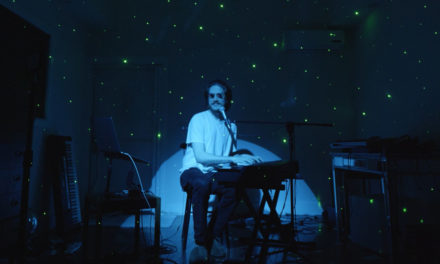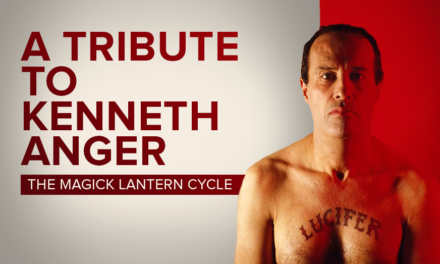05.05.23
MAKING MONSTERS: THE PRACTICAL EFFECTS BEHIND GUILLERMO DEL TORO’S ICONIC CREATURES
As technology pushes many aspects of filmmaking further and further into the digital space, it can be easy to forget the huge impact of practical effects on the art form. This is particularly true of creatures, which have a long and storied legacy in the practical effects space.
The debate between CGI and practical creature effects has often centered around the question of verisimilitude – does the effect look real or fake? On one hand, there is an argument to be made that CGI-based effects age out of believability faster than practical effects. But on the other hand, practical effects can often carry more pure aesthetic appeal than their computer-generated counterparts, allowing the audience to experience rich and meticulously crafted works of living, moving, breathing art on screen in real time.
One of cinema’s great champions for practical creature effects is Guillermo Del Toro. In an interview for the DGA magazine, Del Toro spoke to the differences between practical and computer-generated effects. In answer to a question about when it is the right time to abandon the real world and use CG, he said: “When it’s the last possible solution. You can tell when a director is being lazy and doing the quickest, easiest solution for the effect. But the best solution for an effect is always the hardest solution…So, to this day, I’m a set-oriented director. I build a lot more than most people would do with a big CG budget because I think there is a reality for the actors that you need to give them…People think that because the audience cannot articulate it, they don’t notice. But they notice. There is something that you feel where everything is real.”
In this article, we will take a look at some of the most iconic creatures from Guillermo Del Toro’s filmography and show you how they got made.
SAMMAEL – HELLBOY (2004)
Sammael is a hellhound creature that terrorizes the New York subway tunnels, killing several people before facing off against Hellboy and Liz. Sammael was built practically, with several elements animated using CGI for particular shots and sequences in the film. Mike Elizalde of Spectral Motion headed up the team responsible for designing the creatures of Hellboy, and Sammael was the team’s most complicated creature, requiring four people to operate it during close-up shots.
Five Sammael suits were created, with only one fully functional for close-up work. One person was required to work the tongue, one for the eyes, two for the arms and hands. In addition to the full suit, two stunt heads made of foam and two hero heads (which had more functionality such as independently operated tentacles) were built – coming to a total of $700,000 spent on designing and building this sole creature.
The head of Sammael was constructed with a fiberglass core over which a latex and urethane skin was applied. Animatronic eyelids were fitted into the sockets on either side of the creature’s head, and runes were etched into its horns, with an overall painted finish of blues, greens and grays. A safety helmet was built into the back of the head so that it could be worn by a creature performer, with the animatronics for the jaw and eyeballs being remotely operated. Above you can see details of the animatronic eyelids, as well as of the helmet built into the back of the creature’s head.
PALE MAN – PAN’S LABYRINTH (2006)
Both Pan and the Pale Man were played by Doug Jones, Del Toro’s longtime collaborator and creature actor. Del Toro saw the Pale Man as a complimentary creature to Pan, and in part, a creation of Pan as part of the tests Ophelia has to pass throughout the film.
The creature’s design was visually influenced by Francisco Goya’s 1923 painting Saturn Devouring His Son, as well as by Del Toro’s idea of a very overweight man who had lost a lot of weight very quickly. The image of the creature’s eyes on his palms was inspired by an Italian poster for the 1979 horror film Phantasm.
In order to emphasize the creature’s rapacious hunger, Del Toro wanted the creature to have a blank face. Above (left) is concept artist Sergio Sandoval’s initial sketch of the Pale Man’s face.
The Pale Man was brought to life using a combination of practical and digital effects. At first, the team was trying to decide between building the creature by having a skeletal puppet in front of the puppeteer – similar to bunraku puppetry from Japanese theater traditions, or by relying on make-up. Lead artist Arjen Tuiten built two maquettes showing each option side by side (above – right), and in the end, Del Toro decided to go with a mix of both.
Jones performed the Pale Man wearing a green screen suit inside the costume. A vacuform structure was placed on Jones’s head and then covered with foam latex skin, leaving space for Jones’s mouth, which had prosthetic teeth put over his real teeth. The arms were cast in silicon gel to create their drooping effect.
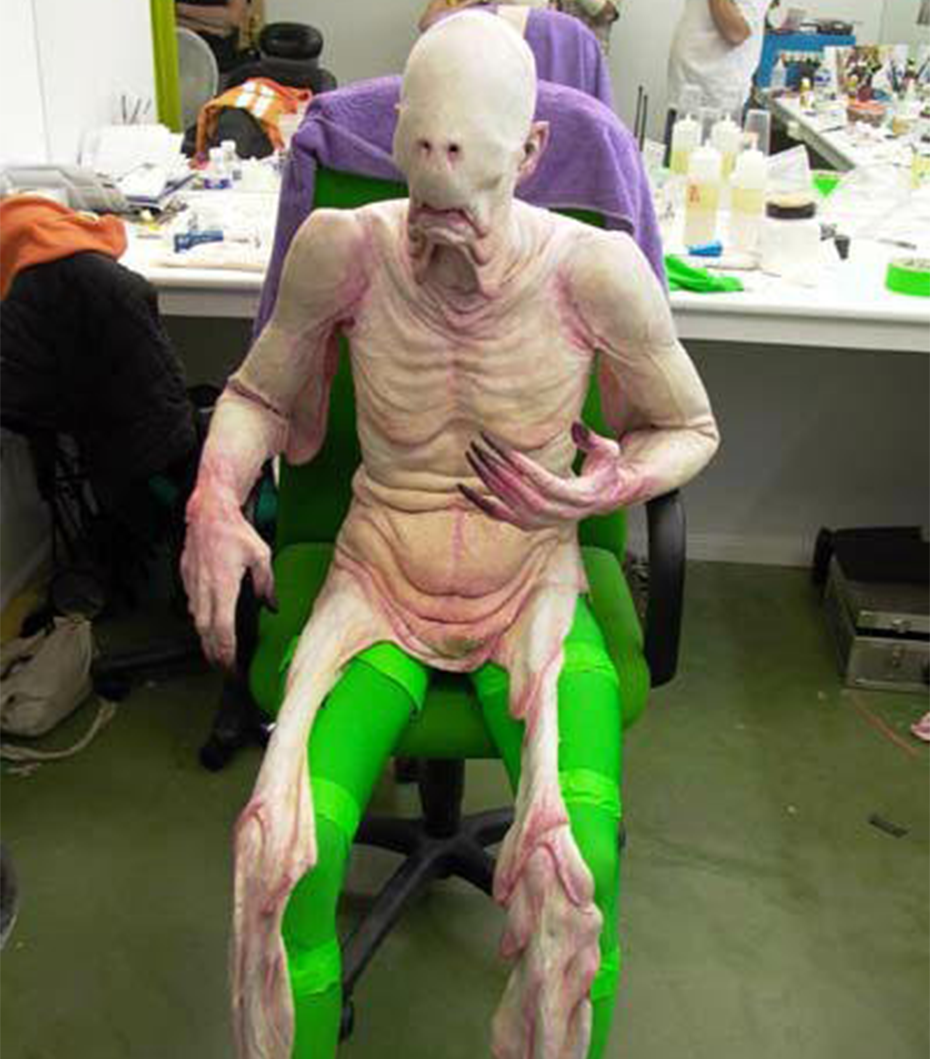
Since Jones could only see out of the costume through its nostrils when he was cross-eyed, the team created a second Pale Man dummy for scenes when the creature was either sleeping or sitting still. Computer-generated animation was used to animate the Pale Man’s blinking, as well as to augment shots when the creature was walking in profile.
ANGEL OF DEATH – HELLBOY 2: THE GOLDEN ARMY (2008)

Inspired by painters such as Pieter Bruegel, Arnold Böcklin and Hieronymus Bosch, Del Toro set about sketching designs for the Angel of Death creature, knowing that the wings would be black and would have eyes in them, and that the main figure of the creature itself would be blind. The inspiration for this design came from paintings Del Toro had seen in Mexican churches, where archangels had eyes in every feather. Below is Del Toro’s initial sketch for the creature, which underwent very few changes on the path towards its final design and construction.

Del Toro wanted Doug Jones to play the Angel of Death and for the creature to be entirely practical, with no digital alterations. Spectral Motion art directors Norman Cabrera and Mike Elizalde skipped their own concept illustration stage, instead using Del Toro’s sketch as a reference to build a 14-inch clay maquette, which they then adjusted both directly on the maquette and in Photoshop.
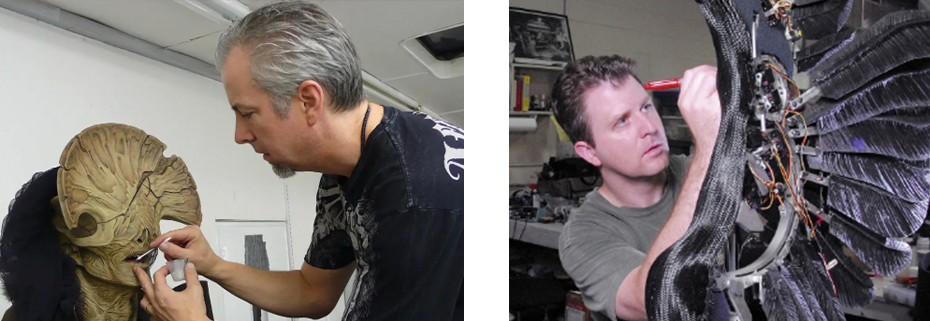
Once the structure for the Angel of Death was settled, Cabrera and his team had to go about creating its clothing. Cabrera designed the texture of the robe to feel like dried, cracked skin. The proportions of the sculpture were designed specifically for Jones, who had his make-up applied by Thom Floutz. Jones had a vacuform fiberglass headpiece (above left) that blended into the foam latex make-up covering his mouth, with dentures over his teeth. Cabrera designed eye slits for Jones in the cracks of the headpiece.
The wearable wing mechanism (above right) was designed and built on a wearable harness by Mark Setrakaian, Scott Millenbaugh and Bud McGrew. The wings were designed to fold, unfurl and flap with gears designed to mimic knees, and the eyes were placed on mechanisms that allowed them to rotate so that they were always level, no matter the position of the wings. Setrakian also added a software that would make the eyes blink sequentially.
AMPHIBIAN MAN – THE SHAPE OF WATER (2017)
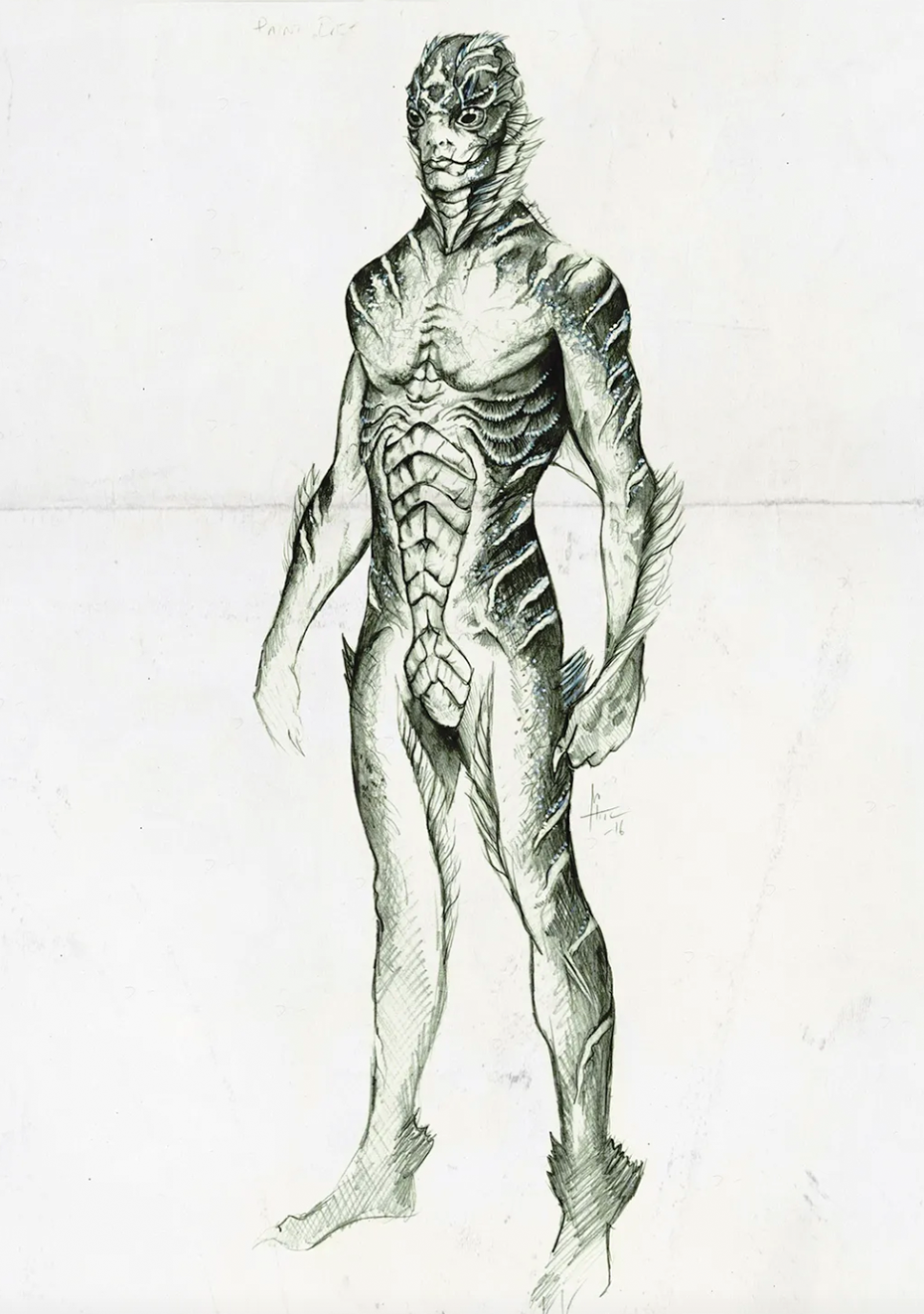
The Amphibian Man from the 2017 film The Shape of Water went on a three-year journey of creation from initial designs to final product. Del Toro wanted to make “the Michaelangelo’s David of amphibian men”, and insisted on a foam-latex wearable costume that Doug Jones could perform in, and that would also be handsome enough to be the romantic lead of the film.
Legacy Effects co-founder and monster sculptor Shane Mahan and Mike Hill, along with creature creators Dave Grasso and Daid Meng began by building two 24-inch maquettes that were then passed along to Legacy’s team to build the suit. Legacy sculptor 3D scanned both maquettes, combining the best features of each maquette and then crafted a life-size maquette out of oil clay, using a pre-existing fiberglass cast of Doug Jones from a previous project.
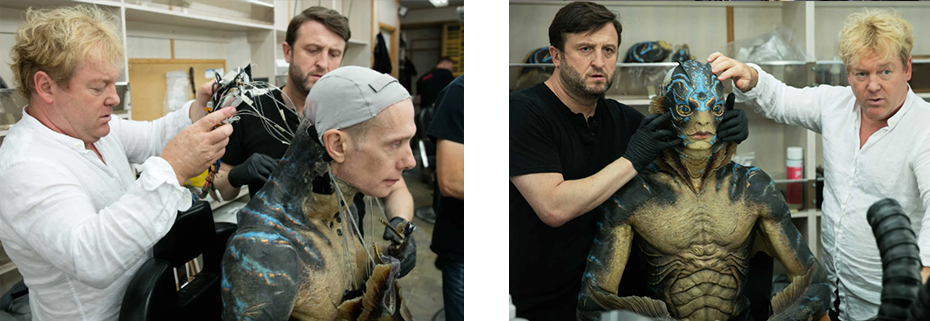
Jones’s costume was built with a radio hub on the inside of the skin to allow Mahan to control the costume’s animatronic gills, creating a breathing, moving costume that Jones could perform in live during takes.
Several different face pieces were built for the costume, each for a different mood of the creature depending on the shot and scene. Mahan and Hill remained on set throughout the shoot tending to both the costume and to Jones, who had 3 hours of make-up applied each morning and who spent long days cold and wet because of the suit and his character’s environment.
Guillermo Del Toro has carried the baton led by artists like Ray Harryhausen into the 21st century, bringing an appreciation for the craft of practical effects and costume design that has sustained an art form increasingly pushed out by CGI. By using advancements in technology to practical effects first, and relying on CGI only as a last resort, his films have given us some of the most inventive and beautiful creatures in recent movie history, and have pushed the imaginative possibilities of practical effects to new heights.
SOURCES
DGA Quarterly: Beauty and the Beast
Monster Legacy: Wonders of the Troll Market and Beyond
CBR: Bringing “Hellboy” to Life: Talking with Effects Company Spectral Motion
Monster Legacy – Laberinto del Fauno
Lit Hub: How Iconic Movie Monster “The Pale Man” Was Created
Wired – Making an Emotionally Appealing Fish-Man for The Shape of Water
The Guardian – Guillermo Del Toro: How I Made Hellboy in my image

